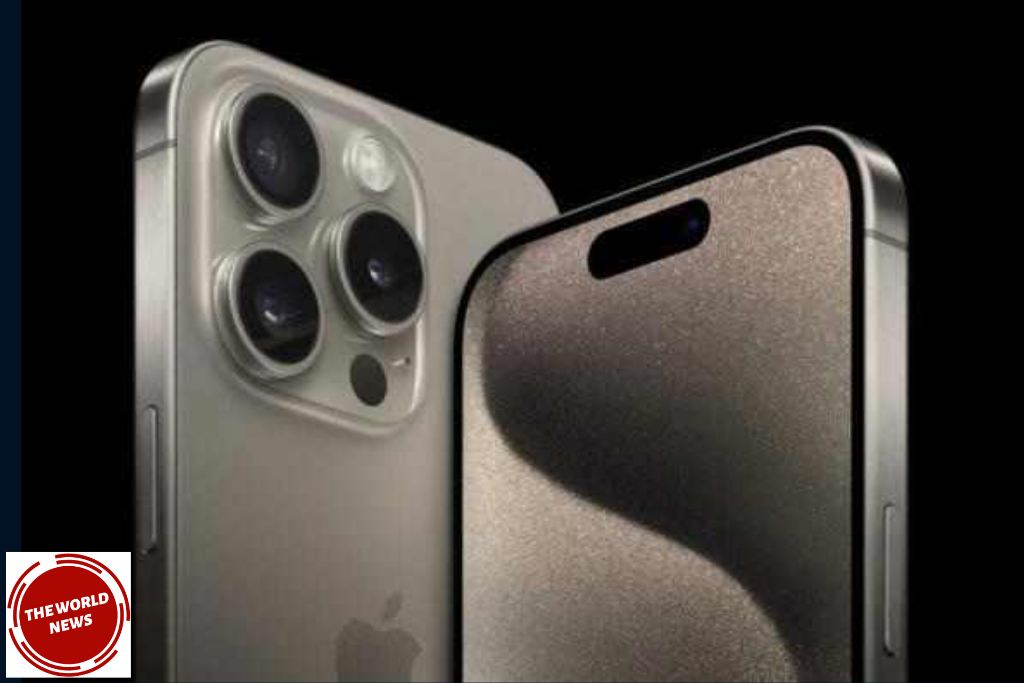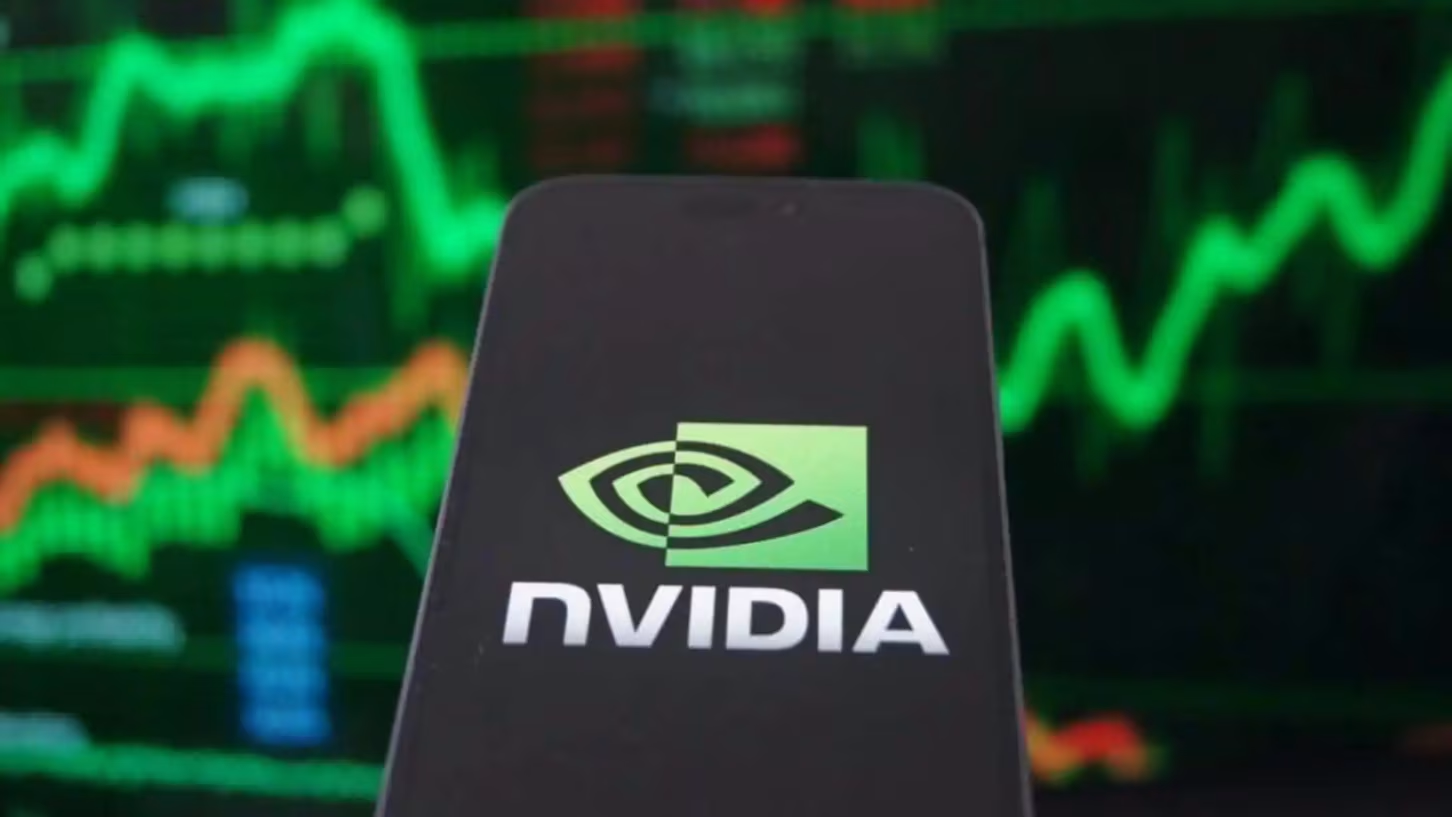Apple has made a significant move by incorporating support for India’s indigenous satellite navigation system, NavIC, in its iPhone 15 Pro models. This is a response to the Indian government’s urge for smartphone manufacturers to adopt NavIC, which provides both navigation and localization services.
NavIC aims to reduce reliance on foreign navigation systems and enhance India’s self-reliance on satellite technology and is often referred to as the country’s alternative to global positioning systems (GPS).
In this article, we explore Apple’s decision to integrate NavIC support into its latest flagship phones, the iPhone 15 Pro and iPhone 15 Pro Max, its potential implications, and India’s broader pursuit of satellite navigation technology.
NavIC: India’s Pride in Satellite Navigation
NavIC, an acronym for Navigation with Indian Constellation, is India’s homegrown satellite navigation system. It consists of a constellation of seven satellites in geosynchronous and geostationary orbits, designed to provide precise positioning and timing information across India and the surrounding region.
Developed by the Indian Space Research Organisation (ISRO), NavIC offers numerous advantages, including enhanced accuracy, improved service availability, and reduced latency, particularly in challenging terrains and densely populated urban areas. The development of NavIC signifies India’s technological prowess and ambitions in the field of space and satellite technology.
Apple’s NavIC Integration in iPhone 15 Pro Models
Apple’s recent announcement at its Wonderlust event on September 12, 2023, took the tech world by storm. The event, which featured the launch of the iPhone 15 series, revealed that the iPhone 15 Pro and iPhone 15 Pro Max models would offer support for NavIC. This marks a significant milestone for NavIC, as Apple, one of the world’s leading smartphone manufacturers, has acknowledged its importance and integrated it into its flagship devices.
Key Features of iPhone 15 Pro and Pro Max
Before diving into the implications of NavIC integration, let’s take a closer look at the key features of the iPhone 15 Pro and iPhone 15 Pro Max:
- Grade 5 Titanium Body: These models feature a Grade 5 titanium body, which not only promises durability but also reduces the phone’s weight.
- Super Retina XDR Display: With a 6.1-inch and 6.7-inch Super Retina XDR display, these phones offer stunning visuals with the thinnest borders ever seen on an iPhone.
- Enhanced Protection: The front of the phones incorporates a ceramic shield for added protection, ensuring durability.
- USB Type-C Charging: Apple has introduced a USB Type-C charging port for the first time in these models, a notable departure from their previous reliance on proprietary ports.
- Improved Grip: The rounded and smoother edges of the phones enhance grip, making them more comfortable to hold.
- Dynamic Island Notch: Similar to the previous Pro models, these phones feature a dynamic island notch for a more immersive display.
- Action Button: In a departure from the traditional mute button, Apple has introduced an action button that offers enhanced functionality.
- A17 Pro Processor: Both phones are powered by the all-new A17 Pro processor, promising superior performance and efficiency.
- Enhanced Camera Performance: Apple has further improved the camera performance in these models, catering to photography enthusiasts.
Pricing and Variants
The iPhone 15 Pro models are available in four storage variants: 128GB, 256GB, 512GB, and a staggering 1TB. Consumers can choose from four appealing color options: black titanium, white titanium, blue titanium, and natural titanium.
However, it’s worth noting that the pricing for these models has seen an increase compared to the previous generation.
- The 128GB variant is priced at Rs 1,34,900.
- The 256GB variant is available for Rs 1,44,900.
- The 512GB variant can be purchased for Rs 1,64,900.
- The top-tier 1TB variant comes with a price tag of Rs 1,84,900.
Implications of NavIC Support in iPhone 15 Pro Models
- Boost for NavIC Adoption: Apple’s decision to incorporate NavIC support in its flagship phones is a significant endorsement of India’s satellite navigation system. It is likely to encourage other smartphone manufacturers to follow suit, thereby accelerating the adoption of NavIC in the Indian market.
- Reduced Dependence on Foreign GPS Systems: By embracing NavIC, Apple is contributing to India’s goal of reducing reliance on foreign GPS systems, which not only enhances national security but also aligns with the government’s “Make in India” initiative.
- Improved Navigation Accuracy: NavIC offers enhanced accuracy and reliability, especially in challenging terrains. This is particularly beneficial for Indian users who frequently navigate through diverse landscapes.
- Market Expansion for Apple: With NavIC support, Apple has the opportunity to tap into a broader Indian market segment that values the integration of indigenous technology. This move could bolster Apple’s market share in India.
- Technological Collaboration: Apple’s decision to incorporate NavIC support may pave the way for collaboration between Indian tech companies and global giants, fostering innovation and technology transfer.
- Potential for New Applications: The availability of NavIC support in iPhones could lead to the development of location-based applications and services tailored specifically for the Indian market, opening up new opportunities for app developers and businesses.
- Enhanced User Experience: Users of the iPhone 15 Pro and Pro Max in India can now experience improved navigation and location-based services, thanks to NavIC integration.
Challenges and Considerations
While the integration of NavIC in the iPhone 15 Pro models is a significant step forward, several challenges and considerations deserve attention:
- Hardware Compatibility: Apple’s decision to support NavIC required hardware modifications, which could potentially increase the cost of production. This might be reflected in the pricing of the iPhone 15 Pro models.
- Global Compatibility: While NavIC is optimized for the Indian subcontinent, it may not be as relevant in other parts of the world. Apple may need to address global compatibility concerns when marketing these models internationally.
- Competitive Landscape: Other smartphone manufacturers may respond by developing or promoting their own navigation systems, leading to increased competition in the satellite navigation sector.
- User Awareness: Apple and the Indian government may need to undertake awareness campaigns to educate users about the benefits and capabilities of NavIC to maximize its utility.
Conclusion
Apple’s decision to incorporate NavIC support in its iPhone 15 Pro and Pro Max models is a significant step in India’s pursuit of self-reliance and technology adoption of satellite navigation.
It validates the prowess of NavIC but also has the potential to reshape the Indian smartphone market and promote technological collaboration.
As users embrace these new models, it will be fascinating to observe how NavIC integration transforms the navigation and location-based services landscape in India and potentially sets a precedent for the global smartphone industry.
Stay updated with the latest news at The World News.



